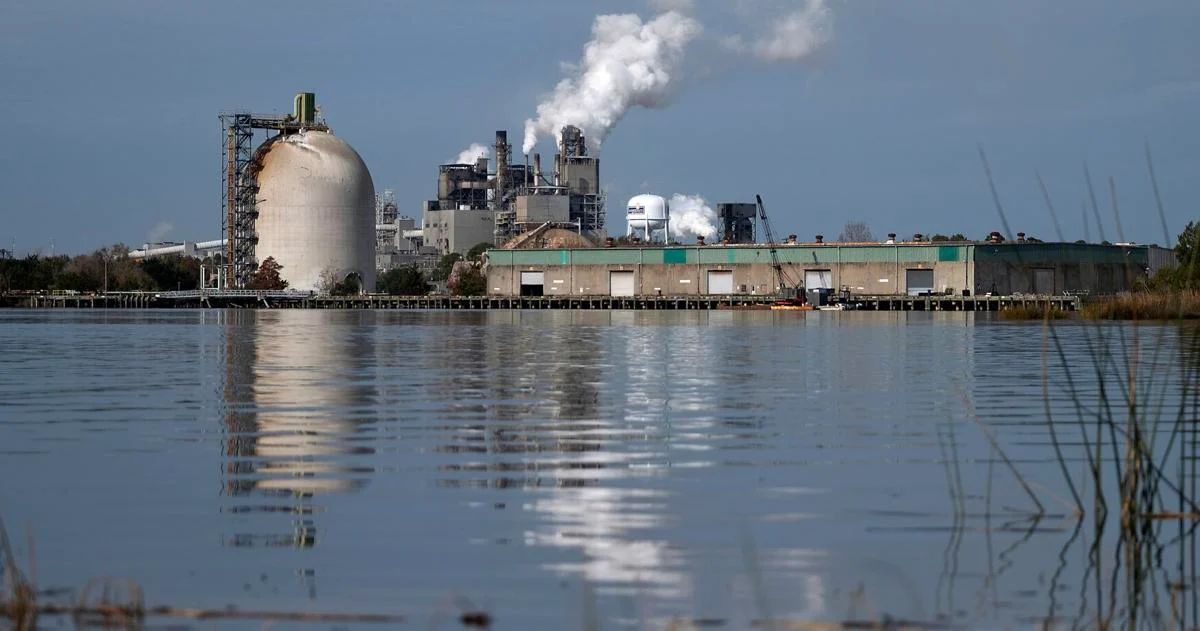
GEORGETOWN— Georgetown County plans to take a major step in redeveloping its 46-acre port site this week.
Since acquiring the property in 2023, the county has been debating how to proceed. Following the closures of the International Paper mill and the Liberty Steel mill last year, the property has become part of a larger conversation about the future of Georgetown’s waterfront.
The port, which sits across the river from the Harbor Walk, dates back to 1732 but last saw a cargo shipment in 2017.
“This is the epicenter of what Georgetown will become,” County Councilwoman Stella Mercado said.
Kelly Robertson-Slagle, who became the county’s economic development director in May, and other officials have emphasized the need for cohesion between the port property and the former mill sites.
This week, the county plans to send out a request for qualifications (RFQ) that will include the county’s guidelines for the port redevelopment, Robertson-Slagle said. The request will invite developers to share their vision for the master plan and make a case why they should lead the project.
Robertson-Slagle said the county is looking for development that would generate tax revenue and economic growth, but all proposals should take Georgetown’s culture and history into account.
She imagines the port as a place where people can enjoy restaurants, walk through parks and stay in a hotel similar to The George on Front Street.
“It’s transformational,” she said.
The county is asking developers to solicit community feedback on their plans for the property and consider a 2016 Urban Land Institute study that identified potential uses for the port and steel mill properties.
The ULI report suggested mixed development that would encourage recreation along the waterfront while saving space for traditional maritime businesses.
The city announced in May that the Liberty Steel mill would be demolished, and city officials have said they expect the property to be sold to a developer soon.
Robertson-Slagle said the county is also asking potential developers to consider designs that Clemson University architecture students presented in February.
The presentations included mixed-use development with space for light industry and an emphasis on waterfront access, educational sites and community connection.
Mercado said she’d like to see a combination of those designs in the master plan, some of which envisioned a connection between downtown and the West End.
“I 100 percent see that as a possibility, and, quite frankly, a must-have to connect the different neighborhoods,” she said.
Mercado said she’d also like to see a research facility or similar project that could act as an anchor for the community and provide high-paying jobs.



